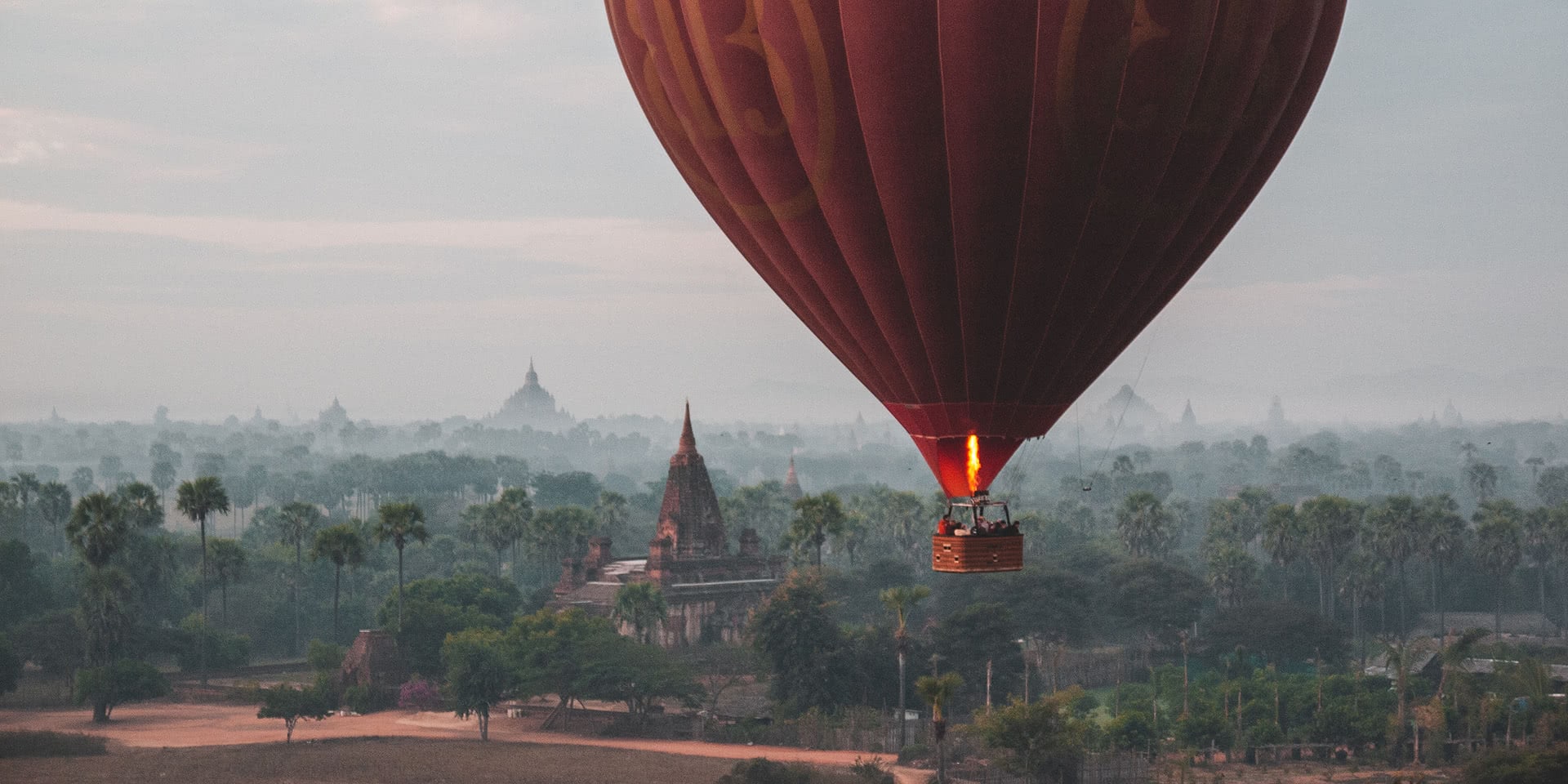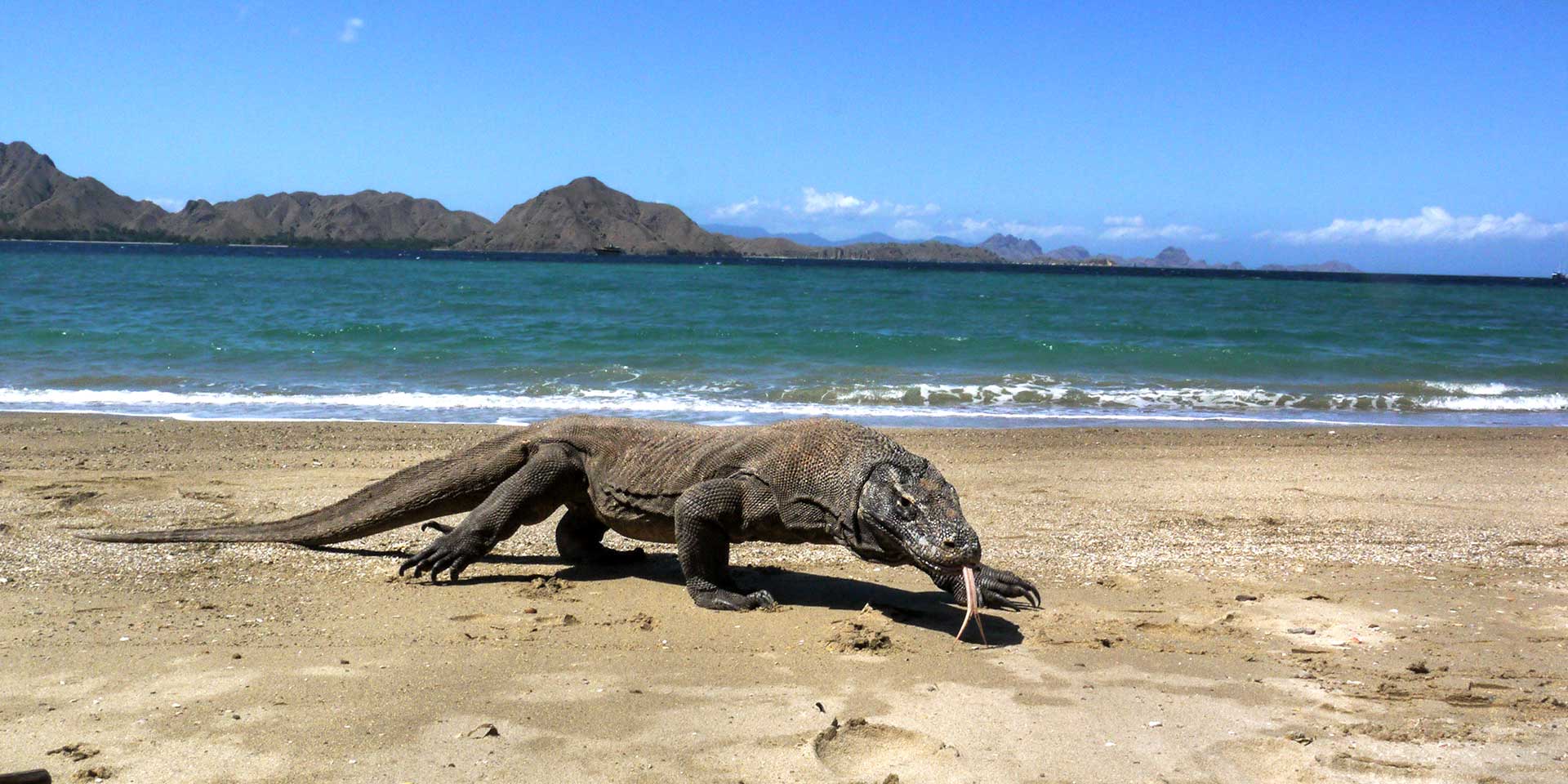
Indonesia has long thrilled the intrepid at heart. The Dutch, Portuguese, British and other sailors who encountered “The Spice Islands” came away with fantastic tales of strange creatures, exotic peoples and vastly different ways of life than were the norm back home. I also found the lure of Indonesia far too irresistible, full of wonder and intrigue. What, for example, were these “monsters” the Dutch of yesteryear swore they had encountered? Were they prehistoric? Were they fierce, man-eating and outright terrifying?
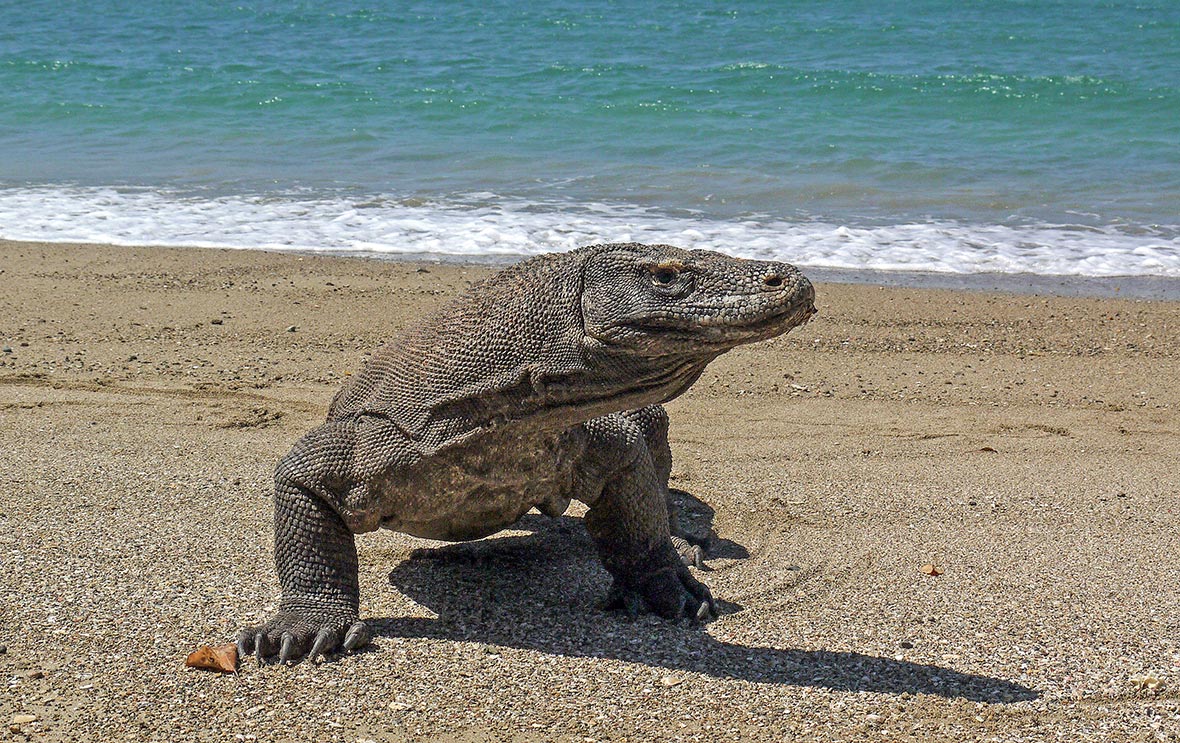
Dutch expeditionary forces and professional soldiers claimed there was a terrible creature that could knock down a buffalo with the swipe of its tail, spewing fire from its mouth incessantly. Lieutenant Steyn van Hensbroek, a Dutch colonial official, was the first militarist and politician to put these theories of a mythical monster roaming Indonesia to the test. A century ago, van Hensbroek and a small, elite team of professional soldiers were able to track, kill and then study the fabled ”land crocodile,” as they were called back then. The team labored to deconstruct the myths surrounding it, bringing the reptile into the realm of modern scientific study and eventually paving the way for its protection
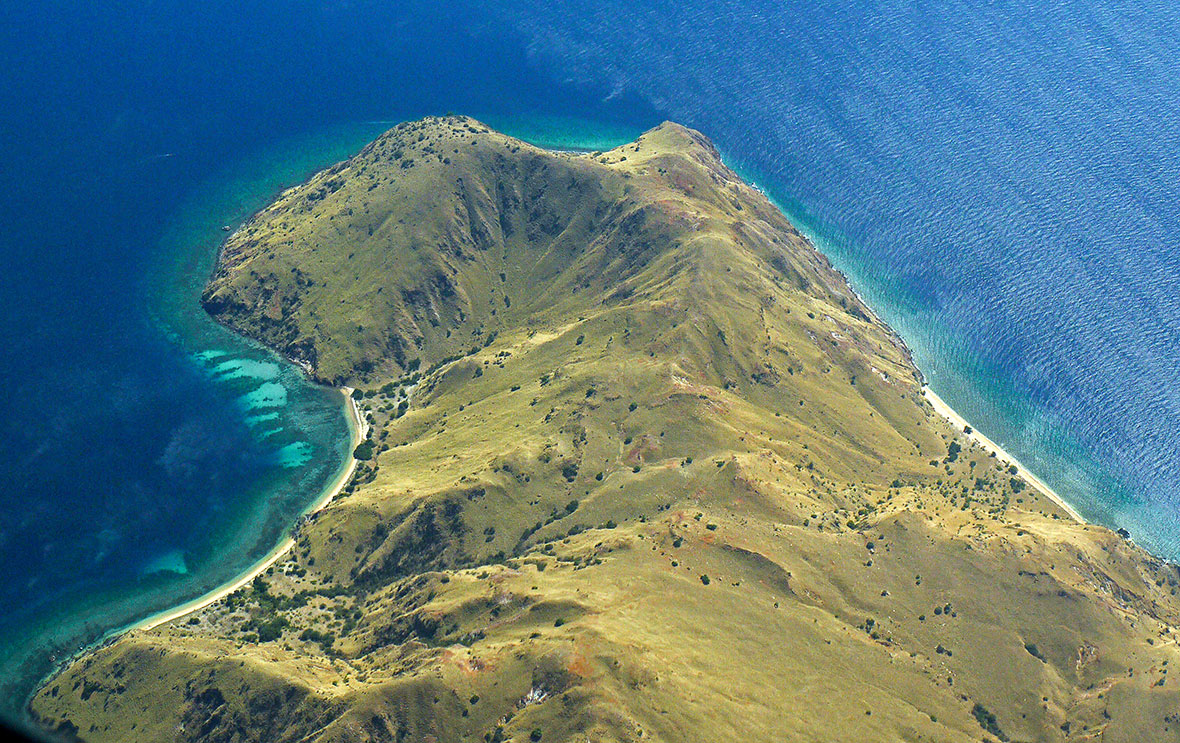
In league with seafarers, explorers and soldiers of old, I sought out the Komodo Dragon. This ageless marvel can be found in the headlines of various tabloids for biting off the toe of Sharon Stone’s husband (this actually happened) and as far away as the stellar zoo in Memphis, Tennessee. Komodo Dragons were first scientifically studied in the West in 1910. By 1985, about 1,000 people per year were coming to check out the dragons — most of them backpackers on the Southeast Asian circuit. Back then, tour operators would tie up goats and lure the Komodo Dragons into a vicious and bloody flesh quest.
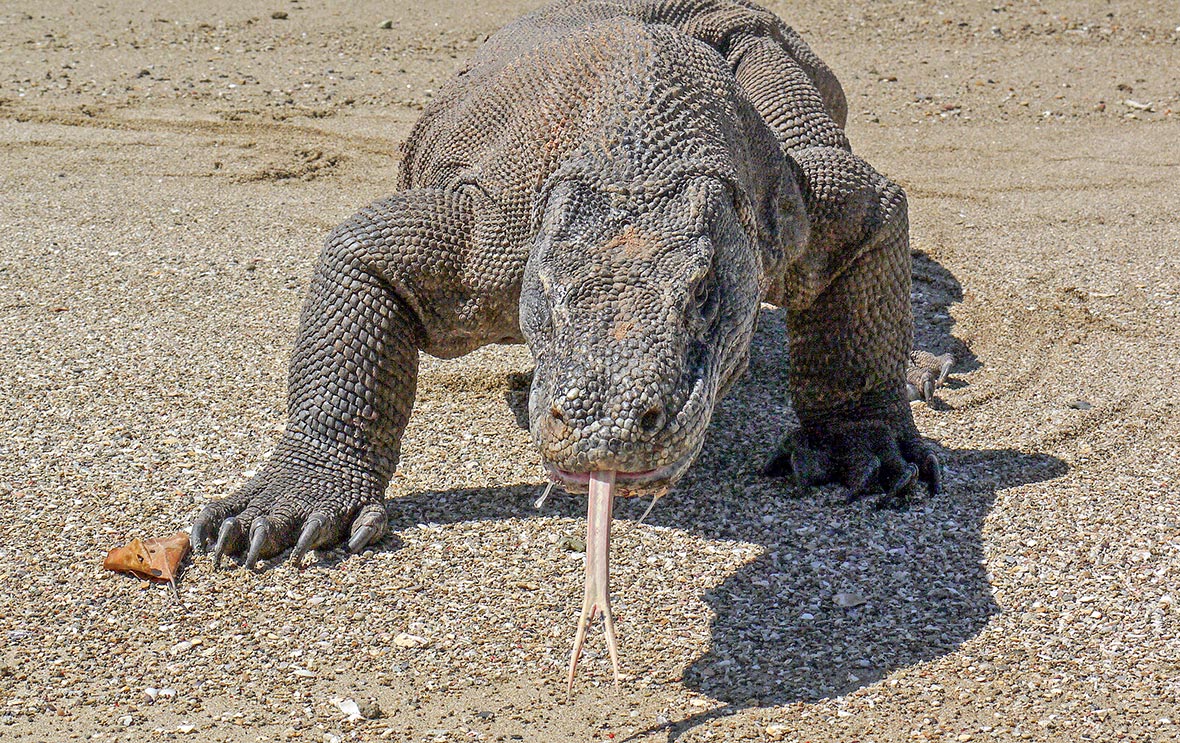
These days, the Komodo Dragons are protected under Indonesian law. It’s been a long time coming. They originated about 40 million years ago and actually migrated to Australia. These “monsters” can grow to a size of up to 10 feet in length and weigh around 150 pounds. They are cold-blooded killers, make no mistake, but with their short-comings. Komodo Dragons won’t mind what you say about them: they can barely hear, and not long ago, scientists thought them deaf as a doorpost. Yet they are dangerous predators because of their vision with the ability to see almost 1,000 feet away. Ponder how far 1,000 feet is: that’s a home run out of Yankee Stadium and halfway across the parking lot. Its sense of smell is also quite acute, and its tongue is used to inculcate various stimuli. The beast is a stealthy hunter who can adroitly stalk its prey. Komodo Dragons feature the ZW chromosomal sex-determination system as opposed to the mammalian XY system.
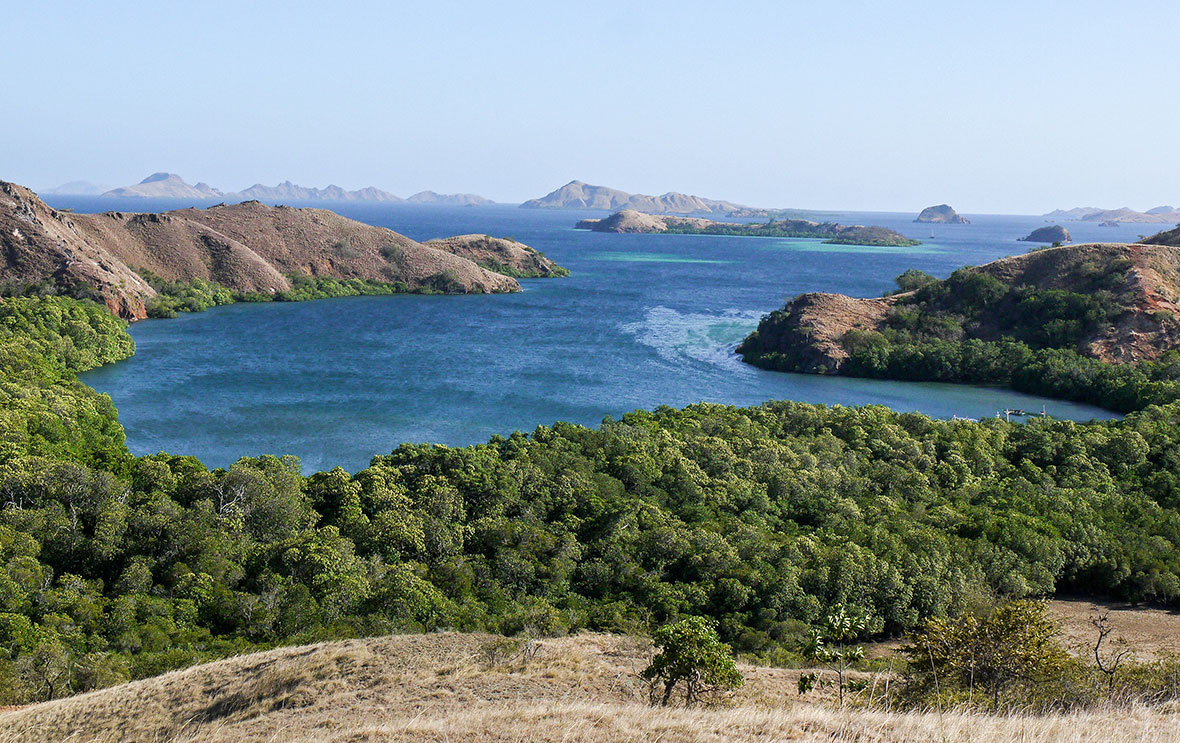
Labuan Bajo and the Komodo area of Indonesia is a micro-version of a trip to Jurassic Park. Luring a huge dragon to the beach for a photographical essay was a major, integral part of my adventure. Komodo Dragons reign in Indonesia — Rinca and Komodo Islands for the most part — although they also exist on several other islands, and on Flores itself (this fact isn’t widely known). There are approximately 3,000 Komodo Dragons in the general vicinity.
When visiting this island abode, it is usually best to stay on luxury traditional Indonesian schooners known as “pinisi,” or traditional cargo boats. For those to whom this doesn’t appeal, the recently-opened Jayakarta Resort in Labuan Bajo is a acceptable option. It’s a local four-star property with a comfortable speedboat that can be chartered for day-trips, which is exactly what I did on my recent visit.
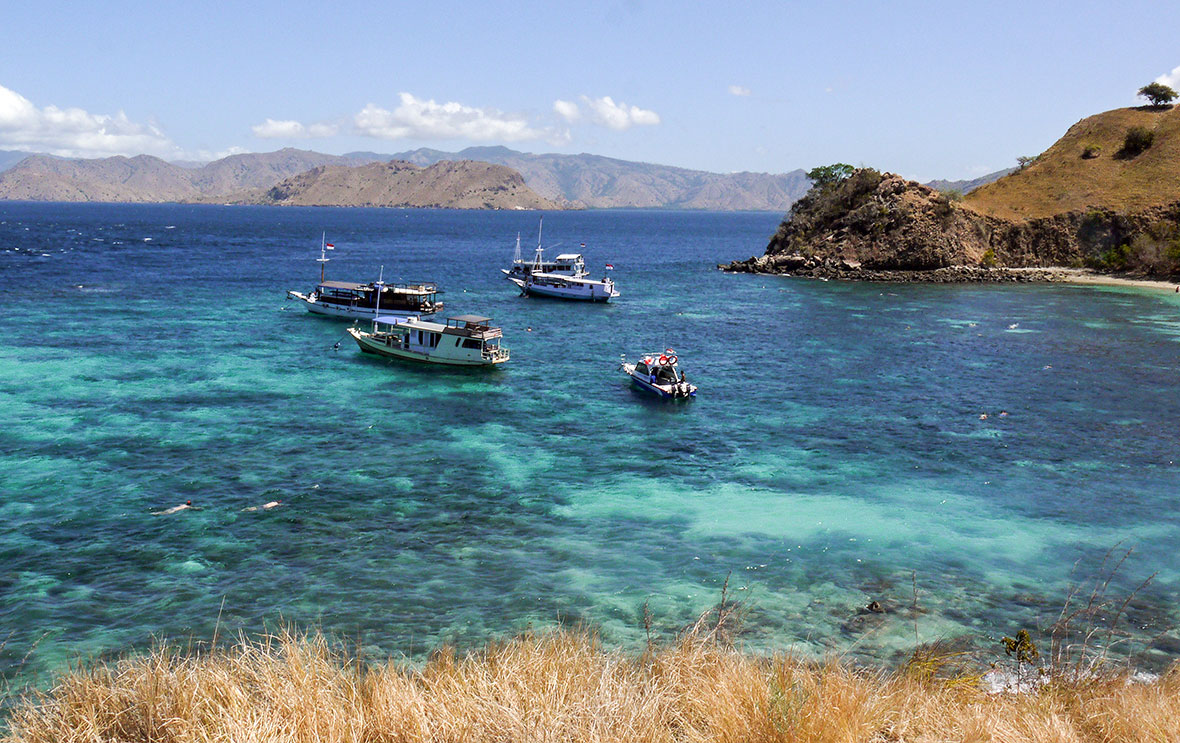
Most people come to the area to see the Komodo Dragons, but the truth is that it is a spectacular diving and snorkeling Mecca of sorts. It’s essential to get under the water to really appreciate how amazing the surroundings really are (and that is for sure worth another post).
I set off at 7 a.m. on my private speedboat to head first to Rinca (pronounced “Rin-ja”) Island — before other tourists arrived. There is also a better chance of seeing the dragons in the cooler morning hours, when they are more active. We were accompanied by the best guide in the area, a local named Arie, with 15 years’ experience in the Komodo region. He was the guide for Brady Barr when he was bitten by a huge python in a cave nearby.
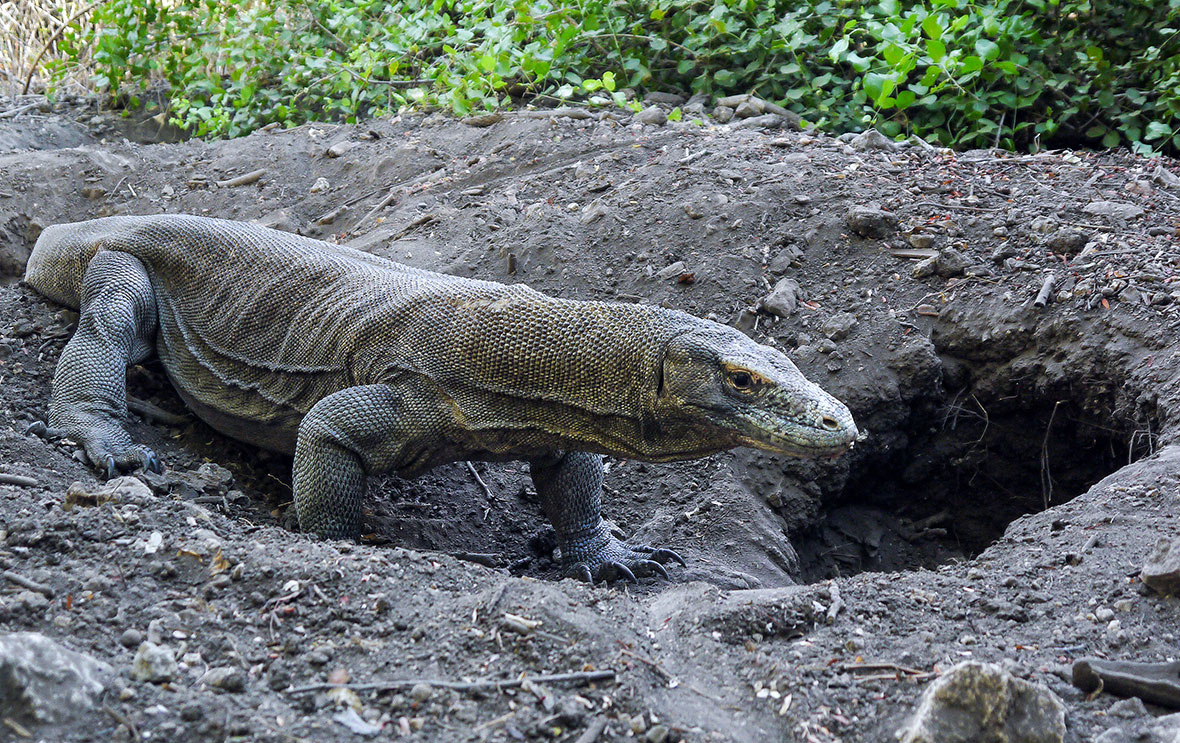
We arrived at Rinca at 8:30 and set off with Arie and a park ranger to find us some dragons. It didn’t take long, thanks to Arie, who wasn’t content to merely walk along the path as others do — he set off running in every direction to spot the dragons for us (he’s the “Komodo Whisperer”). Within minutes, we saw a large female outside of her nest, which I was told is a fairly uncommon site. We were alone on the island at this time, with the exception of a rather frightened German couple, who wouldn’t get within 30 feet of the dragons — whereas we were about three feet away. We proceeded along the trail and saw other dragons along the way. The highlight of Rinca, however, wasn’t the Dragons, but the amazing view from the top of a hill overlooking the island and the clear water below.
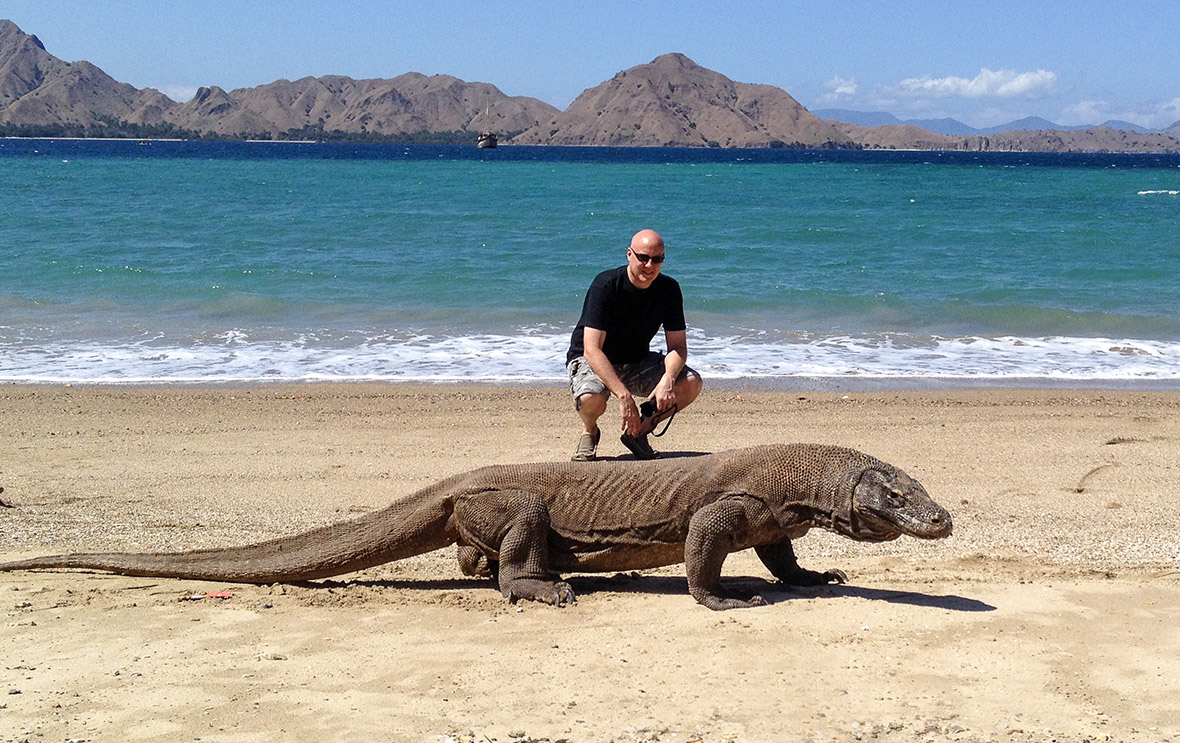
Upon arrival on Komodo Island an hour later, we could see several tour groups looking at half a dozen dragons hanging around the ranger station. After 15 minutes or so, the rangers chased them away and took us to see an enormous Komodo Dragon, measuring about nine feet long.
With a stick and a piece of meat, they lead this monster 100 yards to the nearby beach for us, where we were able to have our close encounter with this reptile who would gladly have eaten us given the chance (luckily, Komodo dragons are fairly slow on their feet, unlike crocodiles, who are lightning fast). This was a fantastic opportunity to see this endangered creature up-close and personal. Of course, we visitors and onlookers were also somewhat endangered on this island dominated by dragons.


